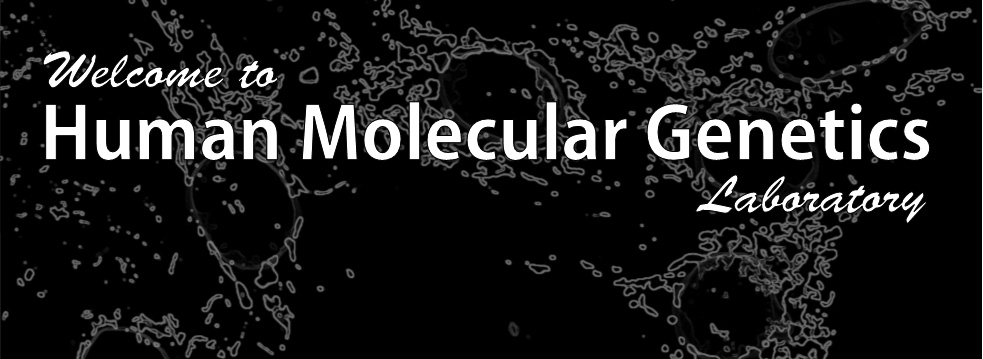
:: Overview
Hundreds of different disorders affect the brain and nervous system in human. This creates an impression of existence of innumerable molecular mechanisms for these disorders. Over last few years, however, a large body of evidence reveals fascinating levels of commonalities in the molecular pathologies of a diverse range of neurodegenerative disorders like Parkinson's disease, Alzheimer's disease, multiple sclerosis, and chronic neurodegenerative conditions. These discoveries suggests that, notwithstanding their diverse origin and manifestations, only a limited sets of cellular mechanisms are likely to be at work in a diverse range of diseases. Unravelling these mechanisms in one model of neurodegenerative disorder therefore impinge on the understanding and amelioration of the others. The current research focus of our group includes the molecular pathology of (i) Lafora neurodegenerative disease and (ii) the disorders caused by the cytotoxic misfolded proteins. Using a combination of clinical genetic, cell biological, biochemical and histopathological approaches, we attempt to elucidated mechanisms that result in neurodegeneration, and demonstrate their impact on physiological processes.
Molecular Pathology of Lafora disease: We have been working on a fatal form of neurodegenerative disorder known as Lafora disease (LD). LD is an autosomal recessive and fatal form of progressive myoclonus epilepsy with onset in late childhood or adolescence. LD is characterized by the presence of intracellular polyglucosan Lafora bodies in tissues including the brain, liver and skin. A relatively high frequency of LD has been reported for the Indian population. So far three genes are known to underlie LD, of which two have been isolated and mutations characterized: EPM2A and NHLRC1. The EPM2A gene product laforin is a protein phosphatase while the NHLRC1 product malin is an E3 ubiquitin ligase. We are focussing on two distinct aspects of LD: (1) to screen the LD patients to identify clinical and genetic heterogeneity in LD at the molecular level and (2) to dissect the molecular pathology of LD.
Molecular pathology of disorders caused by the expansion of amino acid repeats: One of the intriguing developments in human genetics in last two decades is the identification of a mutational mechanism that is characterized by the expansion of unstable nucleotide repeats in and around the gene sequences. At present, 21 distinct disorders are known to be associated with unstable coding repeats. Among these, the polyglutamine disorders account for the majority. They affect neurons, and are more severe forms than the rest. While the cellular and molecular pathways seem to vary considerably among these diseases, the propensity of mutant proteins to develop an altered conformation and aggregate to form cytotoxic inclusions appear to precede early clinical signs in each disease. Our group is focussing on two distinct aspects of disorders associated with expanding repeats: one to understand the evolutionary forces that govern the expansion of the homopolymeric repeats stretched in the proteome, and the other to discover modulators of polyglutamine toxicity.
Genetic determinants of complex disorders: We are also interested in identifying and characterizing genetic variants in the human genome that predispose individuals to common disorders like stroke, cardiovascular disorders, asthma, and epilepsy.
For more details on the ongoing projects, check the "Publications" link.
Postdoctoral positions:
Prospective postdoctoral fellows are welcome to make informal enquiries directly with Dr Ganesh about potential opportunities. Applicants should have research experience in one of the following areas: population genetics, cell and molecular biology, or biochemistry.
PhD positions:
Prospective candidates may apply against regular advertisement from the institute. For eligibility and other information, refer to the BSBE department website [check here].





